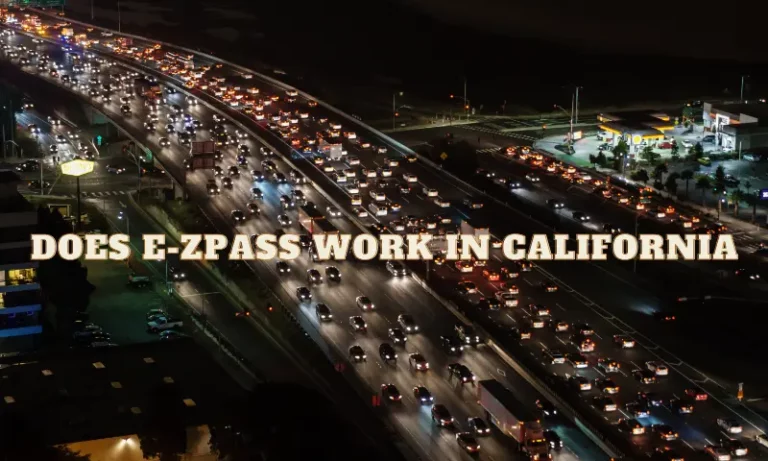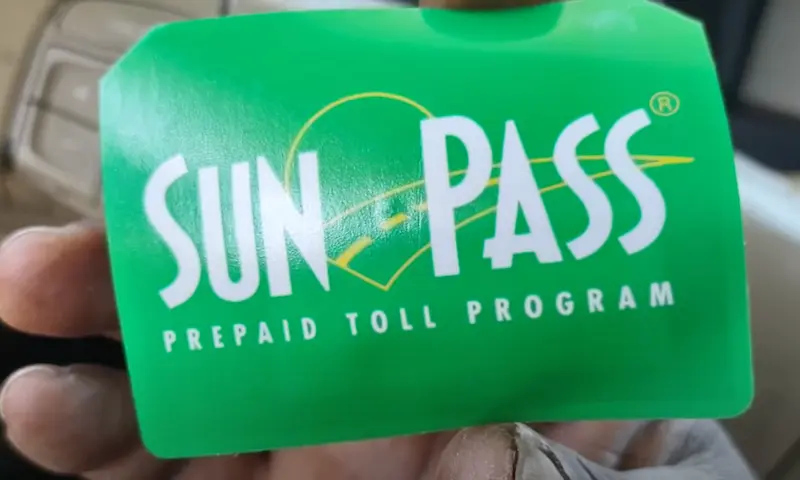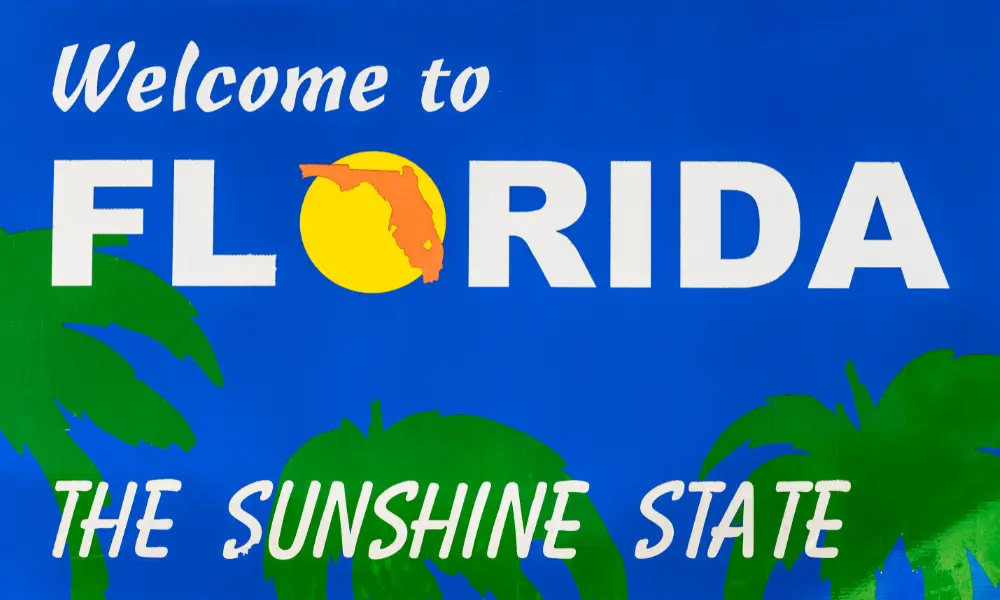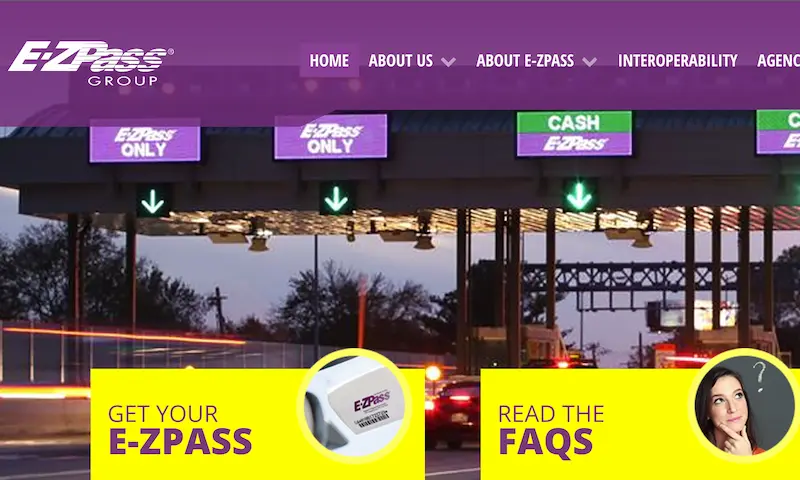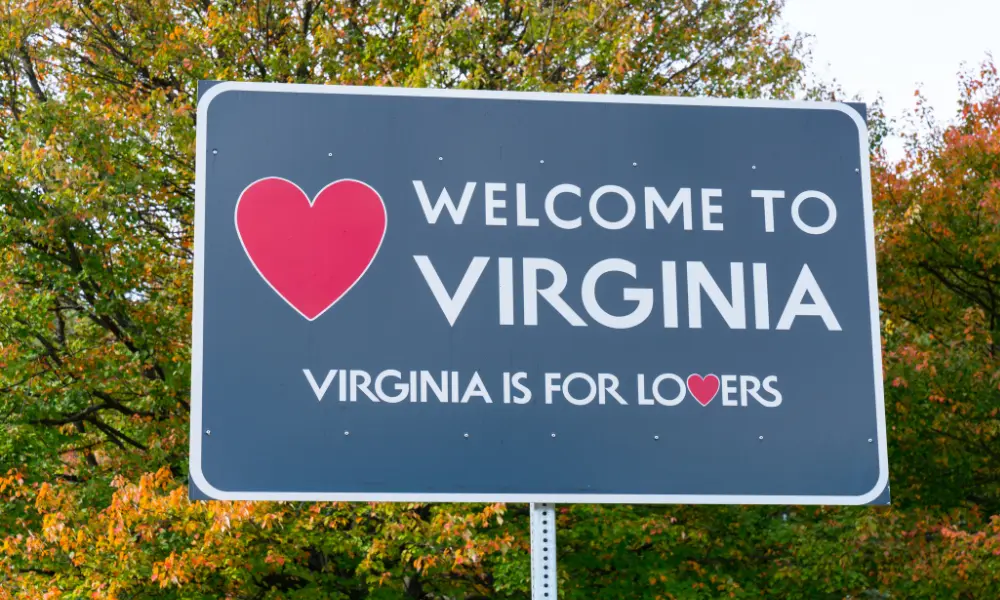If you’re planning a road trip to the Golden State with your trusty E-ZPass transponder, you might be wondering whether it’ll work on California’s numerous toll roads and bridges. The short answer? Unfortunately, no. But don’t worry – we’ve got you covered with everything you need to know about navigating California’s toll system.
E-ZPass vs. FasTrak: Two Different Systems
Your E-ZPass transponder that works flawlessly across 18 eastern states won’t help you in California. The state operates exclusively on the FasTrak system, which uses different technology and account management structures despite operating in the same frequency band.
While both systems use 915 MHz RFID technology, FasTrak follows California-specific requirements for encryption and data formatting. This incompatibility means your E-ZPass transponder won’t be recognized on any California toll roads or bridges.
According to E-ZPass IAG’s official site, their transponders work in Maine, New Hampshire, Massachusetts, Rhode Island, New York, New Jersey, Pennsylvania, Delaware, Maryland, Virginia, North Carolina, West Virginia, Ohio, Indiana, Illinois, Kentucky, Maine, and Minnesota – but not California.
Why California Uses a Different System
California developed its own toll collection system called FasTrak in the 1990s, prioritizing uniform in-state interoperability over compatibility with other states. The Title 21 standard ensures drivers can use a single transponder throughout California but created technical barriers to integrating with external systems like E-ZPass.
The separation isn’t just technical – it’s also regulatory. California’s Consumer Privacy Act imposes strict limitations on sharing driver data with out-of-state entities, directly conflicting with E-ZPass’s reciprocity model. Under current regulations, FasTrak agencies cannot transmit license plate information, transaction details, or vehicle classification data to E-ZPass operators without explicit driver consent.
Your Options for Paying Tolls in California
Since your E-ZPass won’t work, here are your options for paying tolls in California:
1. Get a FasTrak Transponder
The most convenient option for extended stays is purchasing a FasTrak transponder. These are available:
- Online through FasTrak’s official website
- At select retail locations like Costco or Walgreens
- At some AAA offices
You’ll need to create a FasTrak account and make an initial deposit (typically around $20) to get started. The transponder works on all toll roads and bridges throughout California.
2. Pay-by-Plate
If you’re just passing through, most California toll facilities offer a pay-by-plate option. Cameras capture your license plate as you pass through, and an invoice is mailed to the registered owner of the vehicle. Keep in mind:
- Pay-by-plate rates are typically 30% higher than FasTrak rates
- Payment is due within 30 days to avoid penalties
- Some facilities allow you to pay your toll online within 48 hours
3. Cash Payment (Limited Availability)
Cash payment is becoming increasingly rare in California. It’s only accepted at:
- South Bay Expressway in San Diego
- Some bridge crossings, though these are being phased out
Always check before traveling, as many toll facilities have eliminated cash options entirely.
Rental Cars and California Tolls
If you’re renting a car in California, be especially careful about tolls. A 2025 survey of Bay Area rental car agencies found that 73% of out-of-state customers received toll violations, averaging $57 in penalties per incident.
Your options with rental cars:
- Use the rental company’s toll program: Most major rental companies offer toll payment programs for an additional daily fee.
- Add the rental car to a temporary FasTrak account: Some FasTrak agencies allow you to add a rental vehicle to a temporary account.
- Pay tolls online: Note the toll facilities you use and pay them online within 48 hours (where available).
Major Toll Roads and Bridges in California
Here’s a table of major toll facilities in California to help you plan your trip:
| Region | Toll Facility | Payment Options | 2024 Toll Range |
|---|---|---|---|
| Bay Area | Golden Gate Bridge | FasTrak, Pay-by-Plate | $8.80-$9.40 |
| Bay Area | Bay Bridge | FasTrak, Pay-by-Plate | $6-$8 |
| Bay Area | Richmond-San Rafael Bridge | FasTrak, Pay-by-Plate | $6-$7 |
| Southern California | The Toll Roads (73, 133, 241, 261) | FasTrak, Pay-by-Plate | $2-$12.95 |
| San Diego | I-15 Express Lanes | FasTrak only | $0.50-$8 |
| San Diego | South Bay Expressway | FasTrak, Cash, Pay-by-Plate | $2.50-$4 |
Express Lanes in California
California has numerous express lanes that also require FasTrak. Unlike regular toll roads, express lanes often have dynamic pricing based on congestion levels. Some key express lane corridors include:
- I-880 in the Bay Area
- I-680 in the Bay Area
- I-10 and I-110 in Los Angeles
- I-15 in San Diego
Most express lanes require a FasTrak transponder with a switchable tag to indicate the number of occupants in your vehicle.
Future of Toll Interoperability
The good news is that change might be coming. Several initiatives are working toward national toll interoperability:
- Multi-Protocol Transponder Pilots: The Alliance for Toll Interoperability has tested dual-mode transponders that support both E-ZPass and FasTrak protocols. California plans a limited pilot on Interstate 880 in 2026.
- Federal Funding: The 2024 National Toll Interoperability Act allocates $4.3 billion to upgrade aging toll infrastructure. California agencies have applied for $650 million in grants to retrofit FasTrak readers, which could enable E-ZPass compatibility by 2028.
- MAP-21 Act: This 2012 federal law mandated nationwide toll interoperability, though implementation has been slow due to technical and regulatory challenges.
Tips for E-ZPass Users Visiting California
- Plan ahead: Research the toll roads on your route and understand payment options before your trip.
- Budget for tolls: California tolls can be expensive, especially in major metropolitan areas.
- Keep receipts: If you pay tolls online or at retail locations, keep your receipts as proof of payment.
- Check for violations: If you accidentally pass through a toll facility without paying, many agencies allow you to pay online within 48-72 hours to avoid penalties.
- Consider FasTrak for longer stays: If you’re staying in California for more than a week and plan to use toll facilities frequently, getting a FasTrak transponder might be more economical.
Despite the 2012 MAP-21 Act mandating nationwide toll interoperability, implementation has been slow. A 2025 analysis showed that only 32% of U.S. toll agencies achieved full interoperability, with California cited as a primary holdout due to its insistence on maintaining Title 21 standards.
Until California completes its interoperability upgrades, you’ll need to navigate this two-system reality – using E-ZPass east of the Rockies and FasTrak in California. The technology to bridge these systems exists, but regulatory challenges and funding issues have delayed implementation.
For now, when heading to California, leave your E-ZPass expectations behind and prepare to use FasTrak or alternative payment methods for a smooth journey through the Golden State.

